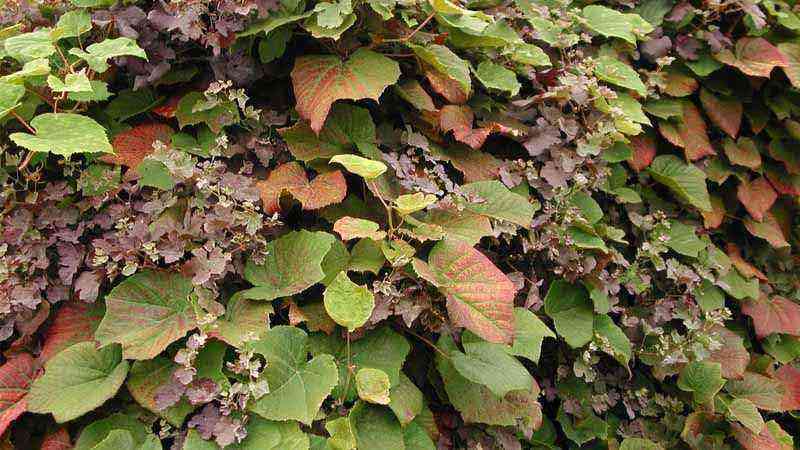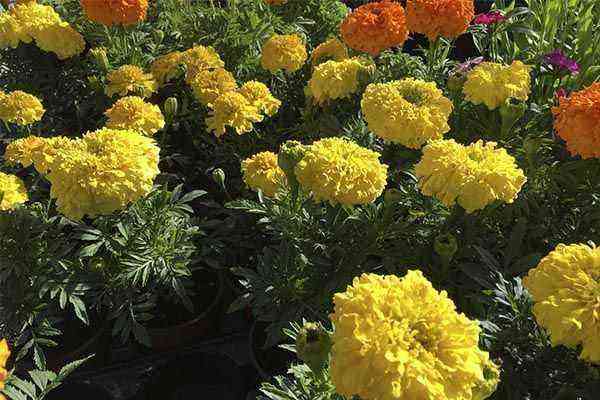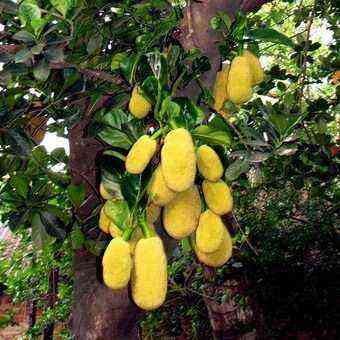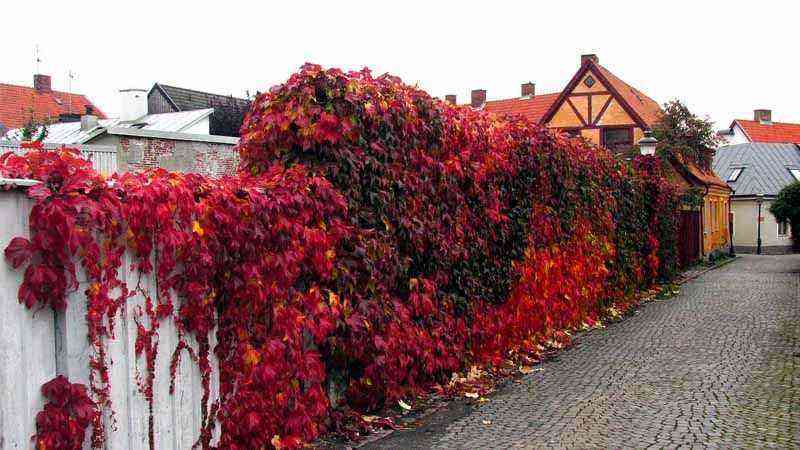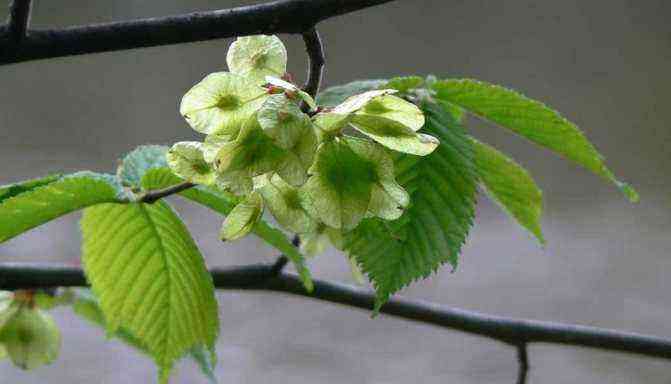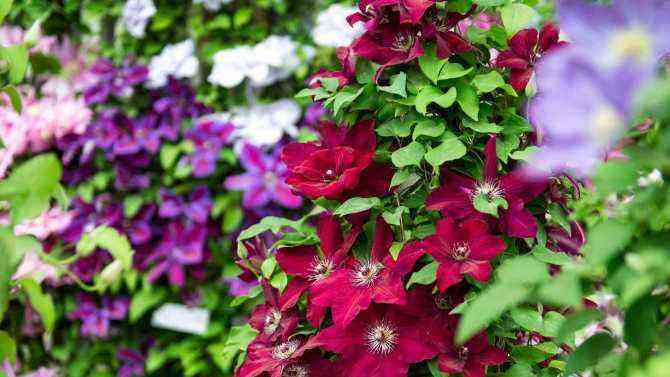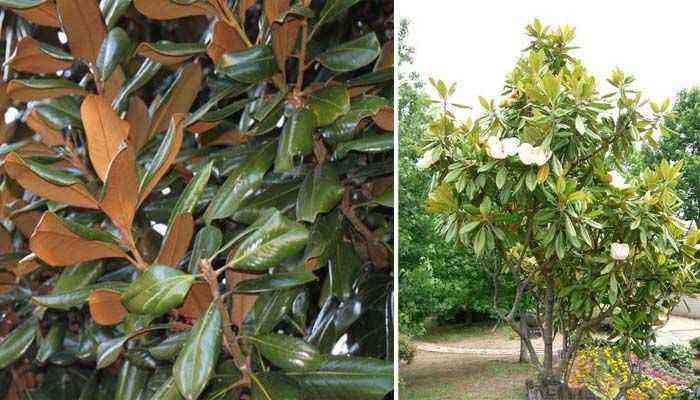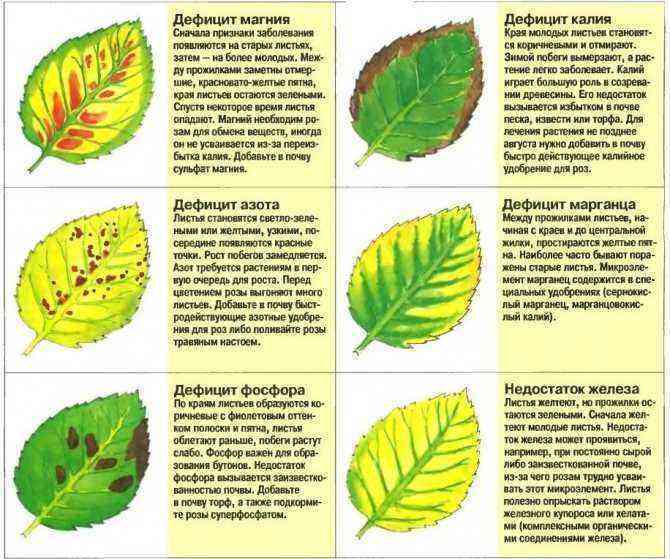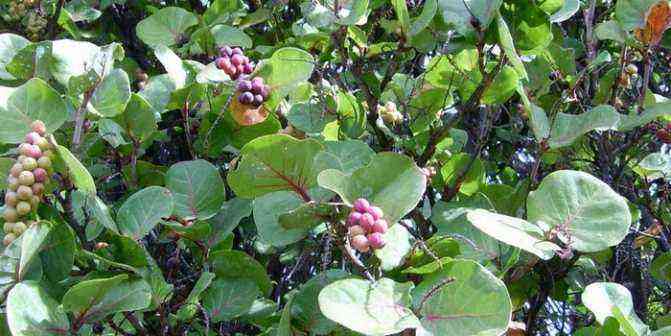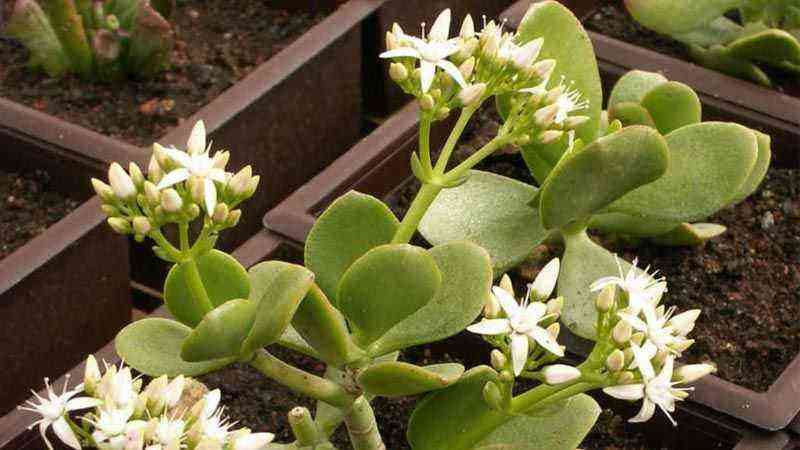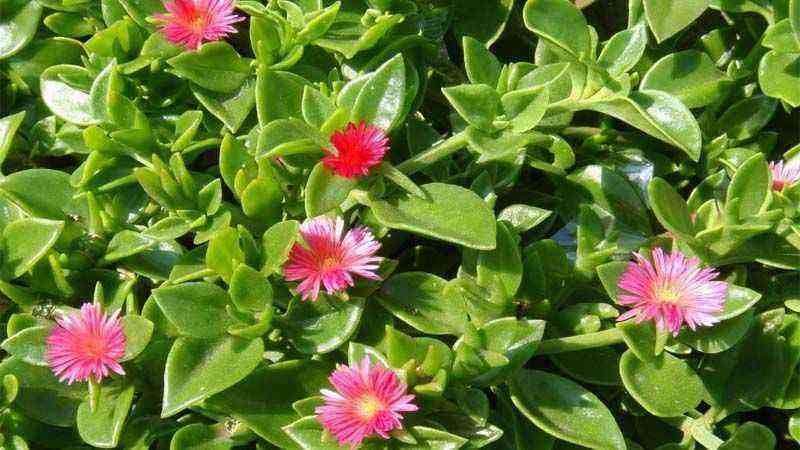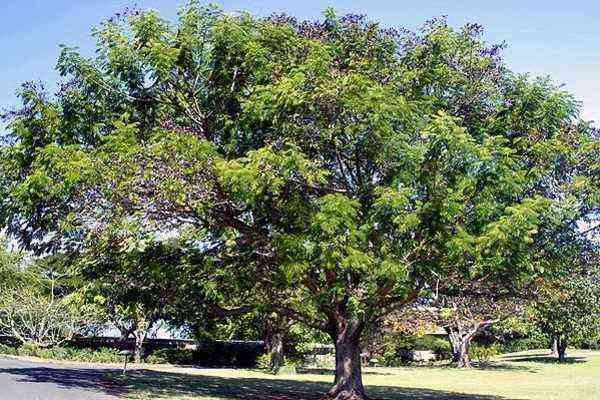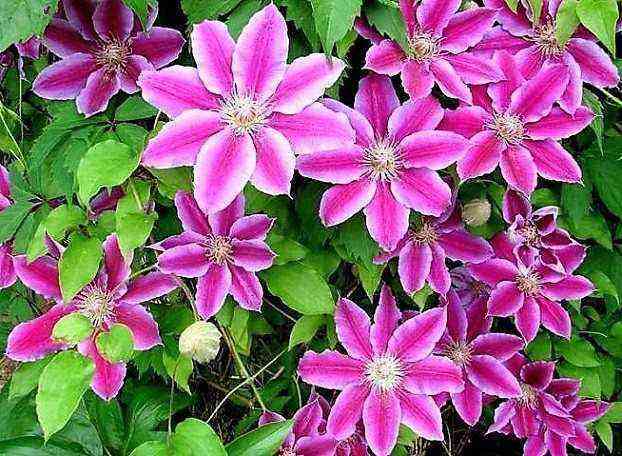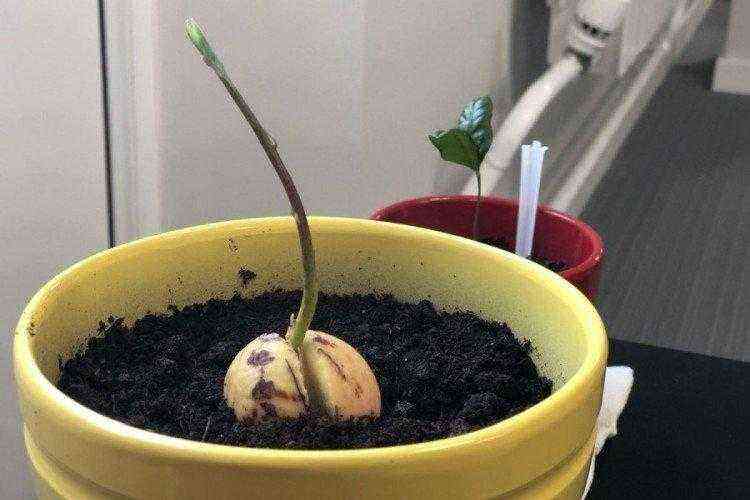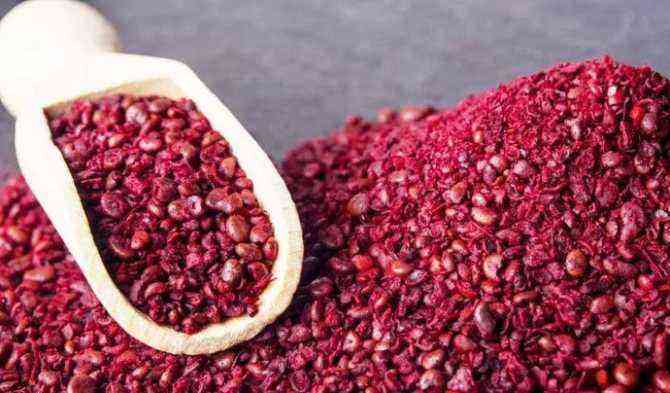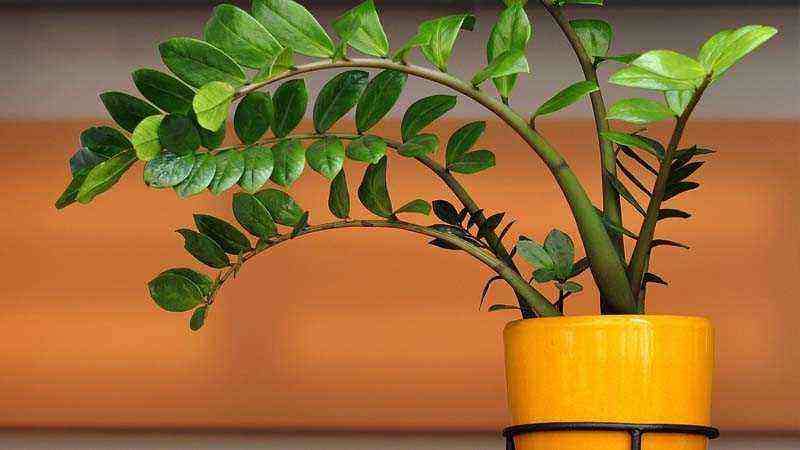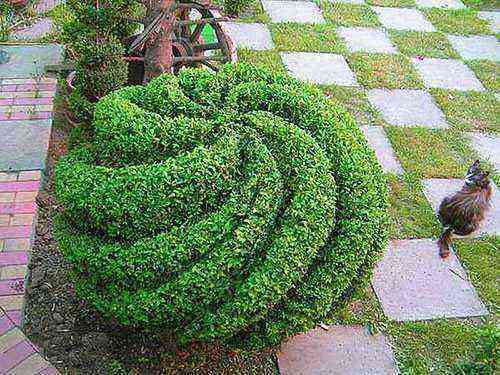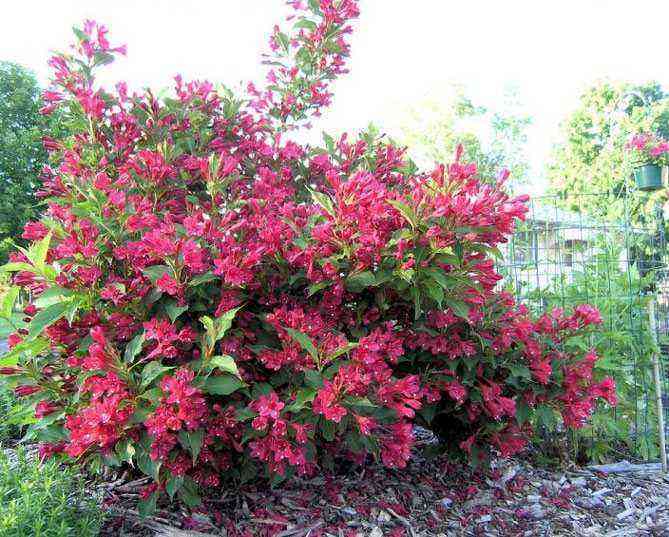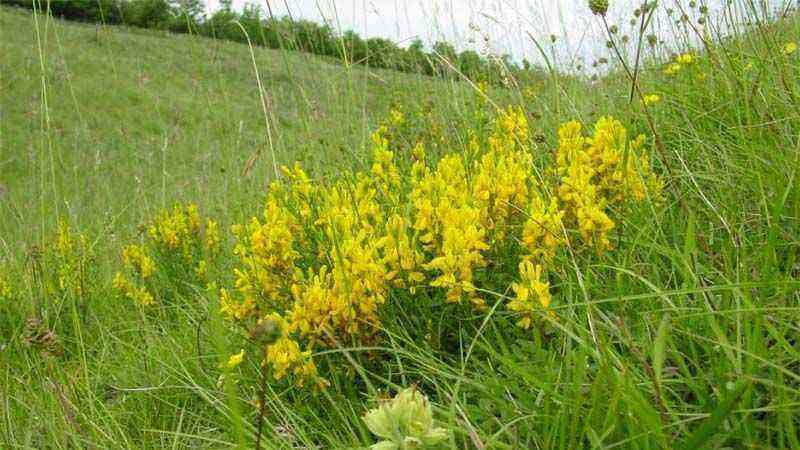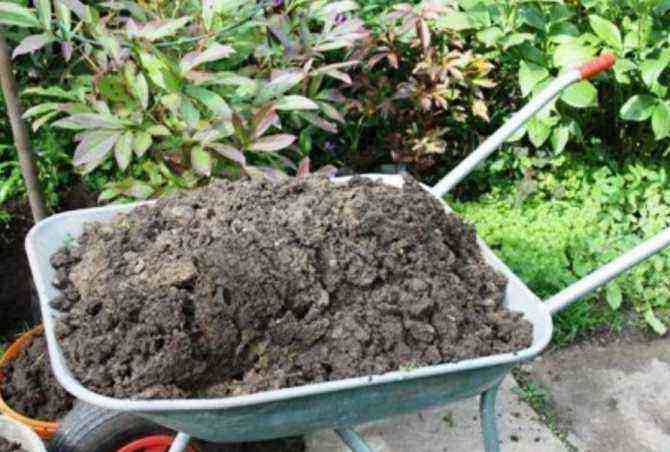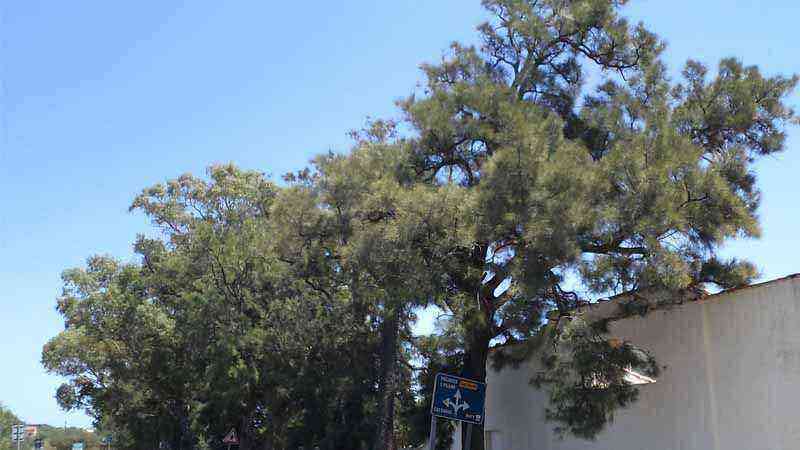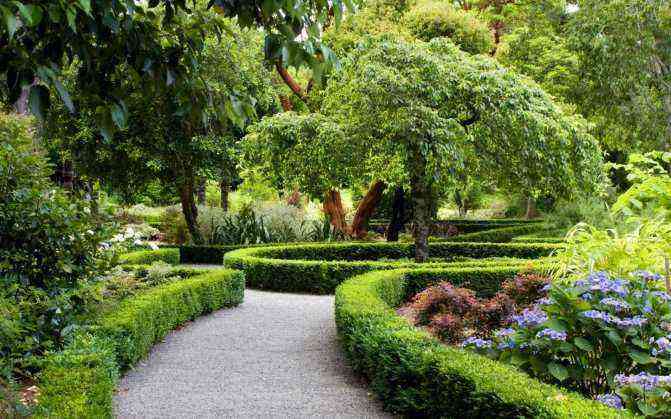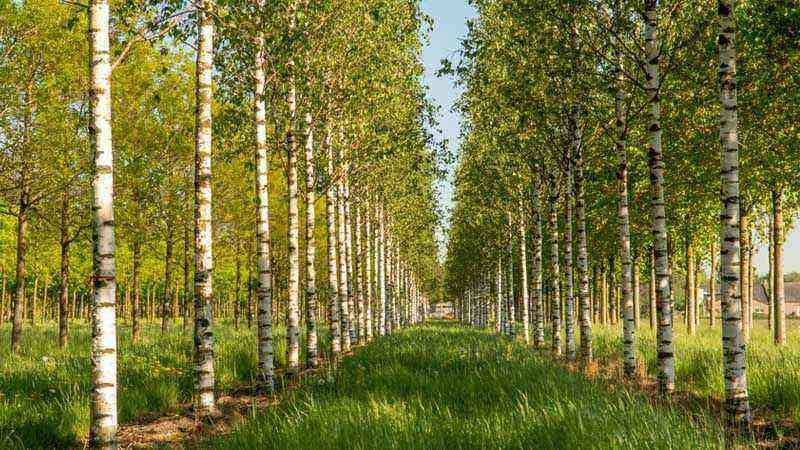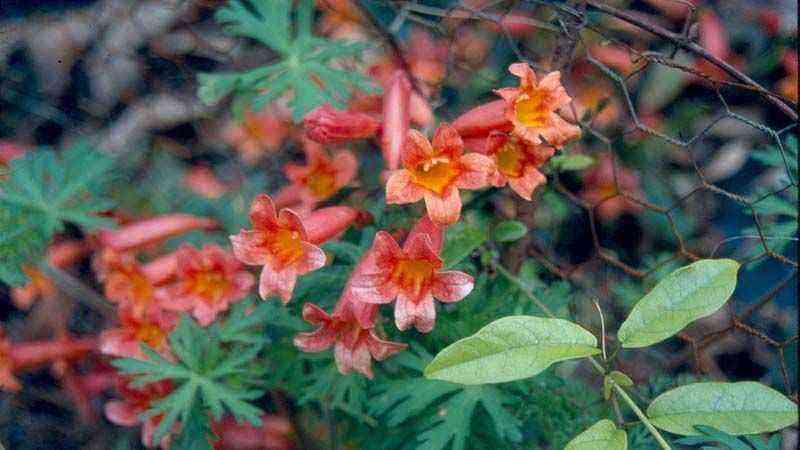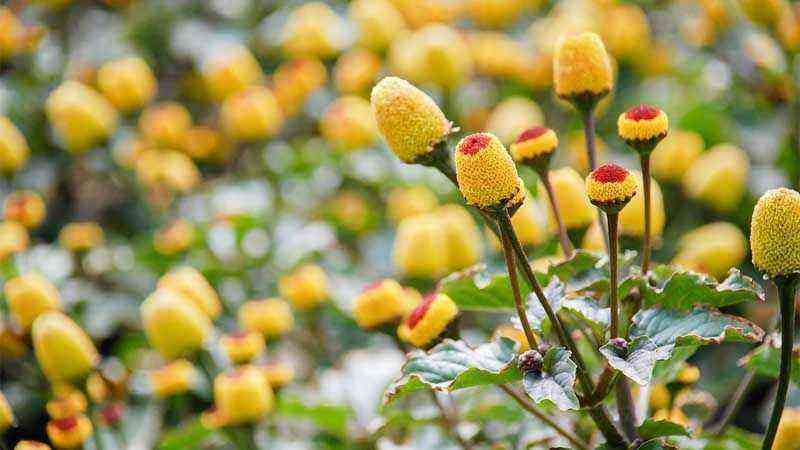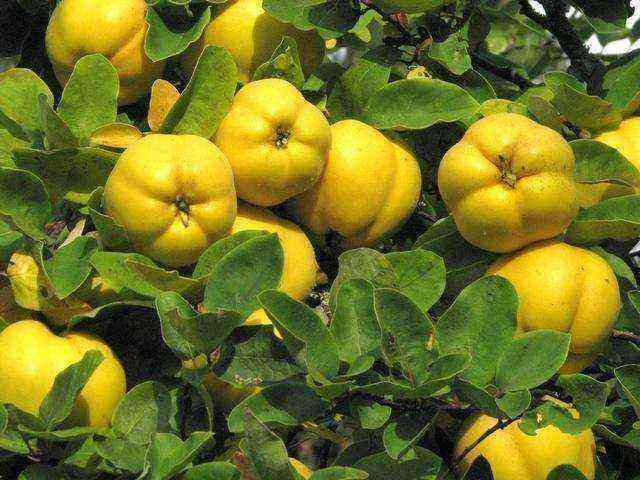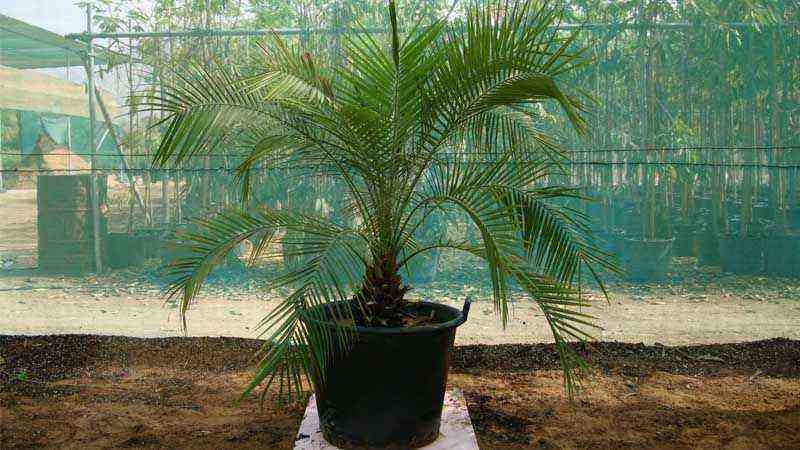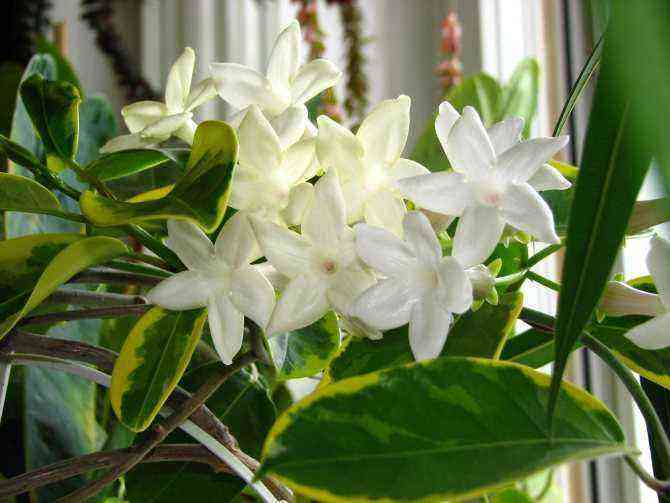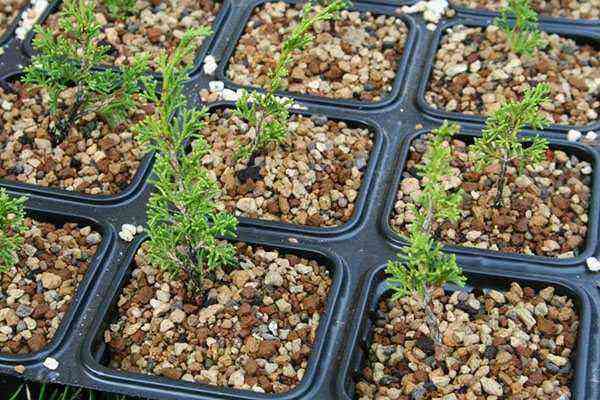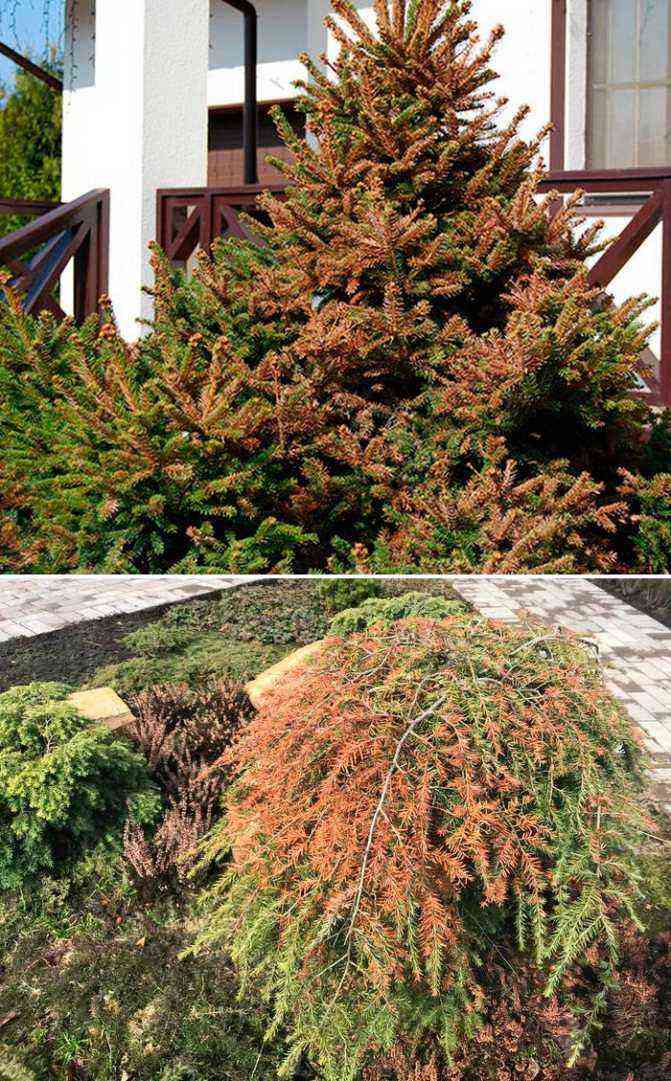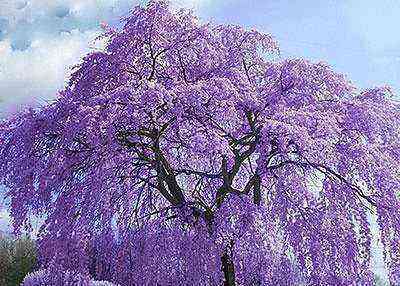In Agromática we wrote nothing about japanese ivy and its ability to climb walls and facades. As we saw in the photos, it is very spectacular and its colors in autumn have no competition … or do they?
A few weeks ago I was in a town and I saw in a house, a majestic vine acting as a garden porch and it had never occurred to us to talk about the vine as an ornamental element.
The vine and its ornamental condition
Vitis vinifera. That is the scientific name that any self-respecting Spaniard cannot forget. The Vine (I put it with capital letters because it is already an authority ;-)) is one of the crops that represents us as a country, as a culture and as people.
In addition, we do not believe that there is a plant that has been written, researched and talked about the most in the whole world. A good book on the vine, its history, cultivation and transformation should be in every home, like The Bible.
The cultivation of the vine for wine-making purposes is so ancient that the origin of this plant wonder is still blurred today in various parts of the world (Southeast Europe and part of Western Asia). The productive varieties of this species are innumerable, attending to its fruit among many other things. It is one of the most rustic plants, with its large leaves, its tendrils, its fruits.
Grapes.
Raised and selected to such an extent that the variations in color, size, pulp, sugars, acidity, aromas … are almost infinite. However, today we will not talk about the grape of the vine for the first time. It is difficult to put aside the bunches (especially at this time of year) to talk about the ornamental trait of one of our main crops.
Aspecto ornamental de la vid
The main reasons why a wall, pergola or facade is dressed with a climbing species are: its ornamental appearance, its ability to generate shade (pergolas porches), its ease of cultivation or rusticity, among others. Although we imagine the vine as a productive element for the consumption of its fruit, both fresh and for wine, we must know that the ornamental variable also exists.
Green and cool shade in summer
It is one of the main factors. Pergolas and porches of houses dressed with a vine, they are one of the most ideal places to spend the hours and live during the summer. In addition to the shade, we will see the clusters blossom and set as the weeks go by. Quite a show.
Fall color
Although brief, colors that the leaves of the vine offer in autumn are one of the greatest shows of which we can enjoy with the vine. The shades are so many and above all at the same time, that well-cared for, pruned and pampered vines are a real picture wherever you look.
Is the fruit secondary? Whether it is or not, it is appreciated
Although the ornamental aspect is the one that commands in this article, whether we like it or not, we cannot ignore the fruit. In addition to having a spectacular vine, the bunches of grapes that we get in September and subsequent months, They are delicious, a gift to enjoy for a few weeks. For this reason, we consider the vine or grapevine, one of the best ornamental climbers.
Caring for the vine or grapevine for ornamental use
As we well know, the vine is one of the most rustic crops that we have. Its resistance to low winter temperatures is its best identity.
They withstand winter temperatures down to -15 or -20ºC. It is undoubtedly one of the factors why Vitis vinifera occurs throughout the Spanish territory, from sea level, to altitudes above 1.000 m.
The tolerant soil can be highly variable and accepts many types preferring some alkalinity. Limestone soil is usually an unconditional aspect to provide quality to the grape.
When we study vine growing and management considerations, they are almost always recommendations for productive purposes, as is normal. The thinning or pruning in green, the types of driving, the pruning … everything goes oriented to the quality and production of the grape.
If the ornamental aspect is considered, all these considerations of soil, climate, pruning and care vary, the most important being pruning. At the end of the day we must direct the vine to achieve something like this, for example:
Supports, structures and wires to guide the vine
Depending on the type of formation and structure, the direction of the stems must be different. It is not the same to direct a vine for a pergola than for a facade, for example. What does have to be sought in any case, is a firm support and wires so that the vine holds tightly and grows where we want. If it is for facades, the most common is to use the Virgin Vine, which is the one we talked about the other day, although some vines have also been seen.
Pruning, the most determining aspect
This is what will determine the route of the vine where we want. Techniques and ways of pruning there are many. Some very basic steps can be these. In addition to not being the only ones and there are many more ways of pruning. There are entire books dedicated solely to pruning the vine.
The pruning season It is usually during the winter with variations depending on the climatic zone. Later there is a second pruning in spring but they are done for more productive purposes.
If we start from a small cutting and want to form the vine from the beginning we have to lead a main branch which is the one that will give height to the vine or vine up to approximately 2 meters. For this reason, any branch that is not the main one (the one that you see has more strength) must be eliminated.
When it reaches the desired height (it must be guided on a vertical pole or wire), 2 or 3 branches are left which will be the secondary ones, pruning them to leave 2 to 3 shoots spaced slightly more than half a meter.
The successive years the operation is repeated with tertiary branches etc. with respect to the main
From there, they remain to eliminate branches that intersect, disturb, or go beyond visual limits that we impose. Thinning of dense areas can also be done to balance the whole.
There is no specific rule of pruning. The experience, ask and learn as it is done it is the best way to get the best of the vines.
There are people who prune with 2 shoots, others with 3. People who do or do not thin, more severe pruning or freer conductions, the use of wires removing the tendrils. It is a whole world that when one enters, the variables multiply and wandering and asking is how best to learn.
Something that we have not mentioned regarding the vine are its possible problems with diseases and pests. Be careful with the mealybug, the mildew, the red spider or the Botrytis.
